Category: Tomb of a historical figure
-
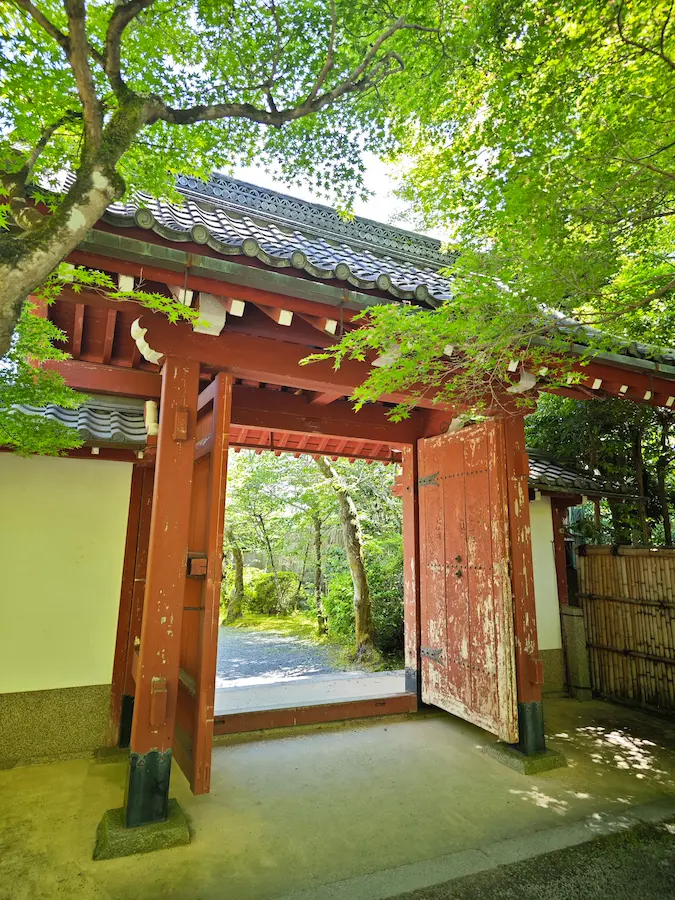
Joshoji Temple
Joshoji Temple offers a serene escape from the bustling city of Kyoto. Its connection to Yoshino Tayu adds historical depth and cultural significance. Whether you’re visiting for the cherry blossoms, autumn leaves, or just a peaceful retreat, Joshoji is a hidden gem worth exploring. Temple’s official WEB site Introduction Kyoto, Japan, is known for its…
-
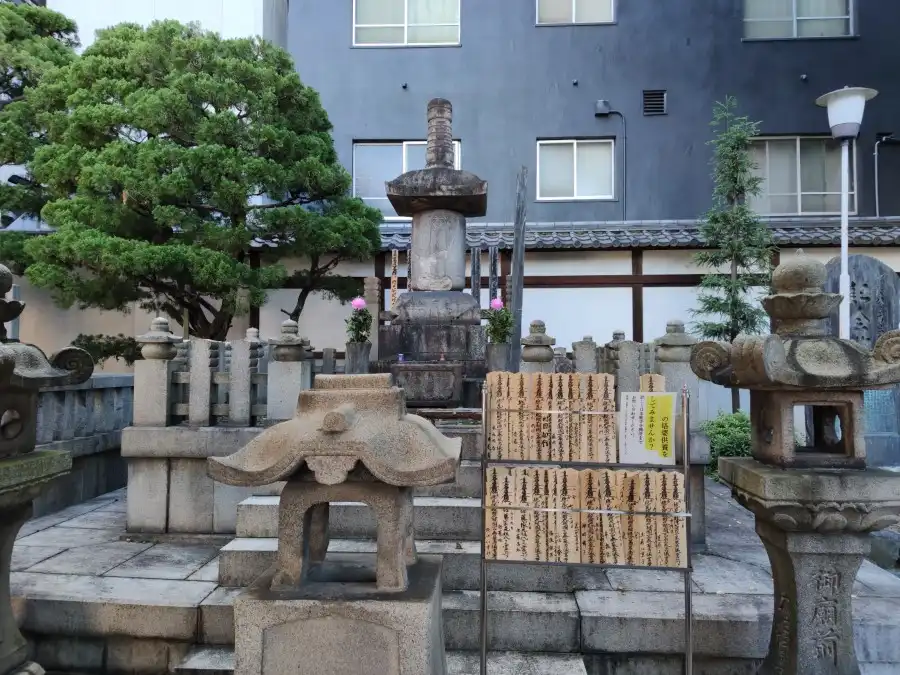
Honnouji Temple (本能寺)
Discover the rich history of Japan at Honnouji Temple in Kyoto, a hidden gem along the scenic Kamo River. As the head temple of the Honmon Sect of the Hokke School, it holds the teachings of Nichiren Daishonin. Rebuilt after the historic Honnouji Incident in 1592, when Akechi Mitsuhide rebelled against Oda Nobunaga, the temple’s…
-
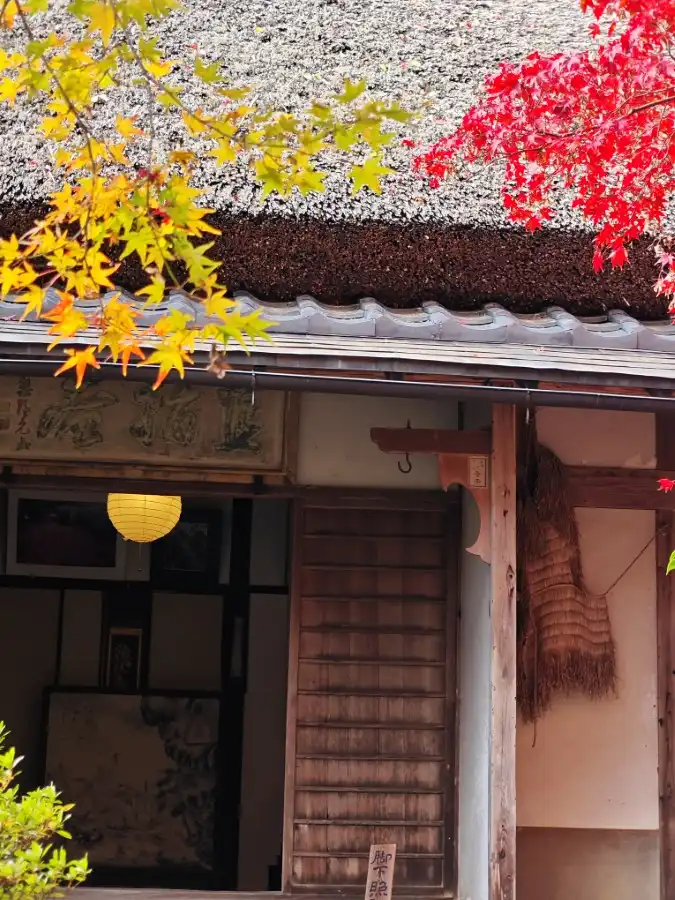
Jikishian Temple (直指庵)
Discover Kyoto’s hidden treasure, Jikishian Temple, nestled in the serene hills of Sagano. Founded in 1646, this historic site reveals the rich legacy of Obaku Zen. Renewed during the Edo period, it boasts a reed-thatched main hall, Aiai Jizo statues for luck in marriage, and vibrant seasonal foliage, especially during fall. Embrace the tranquility of…
-

Graves of Murasaki Shikibu and Ono-no Takamura
Graves of Murasaki Shikibu and Ono-no Takamura is located in the former precincts of Unrin-in Temple. Today, Unrin-in is only a small hall and is one of the sub-temples of Daitokuji Temple. But it was a large and important temple in the Heian period. There are records that Murasaki Shikibu lived in Unrin-in, so it…
-
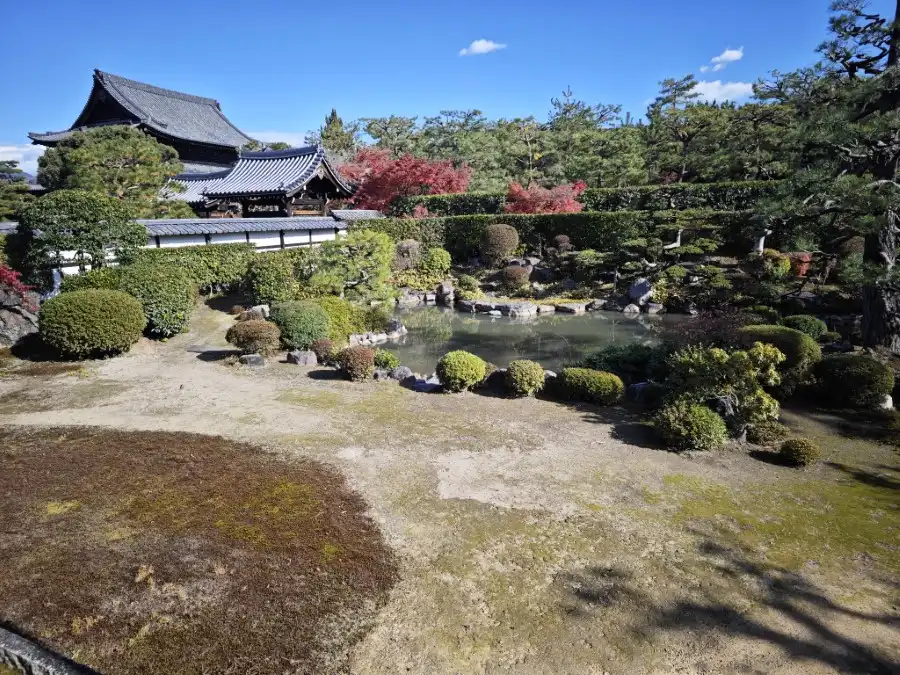
Kyushoin Temple (久昌院), Kenninji
Kyushoin Temple is one of the sub-temples of Kenninji Temple and is located in the precincts of Kenninji Temple. It is the family temple of the Okudaira clan, founded in 1608 by Nobumasa Okudaira. He was the first lord of the Kano Han. It is said that Kyushoin was named after Nobumasa’s Buddhist name. This…
-
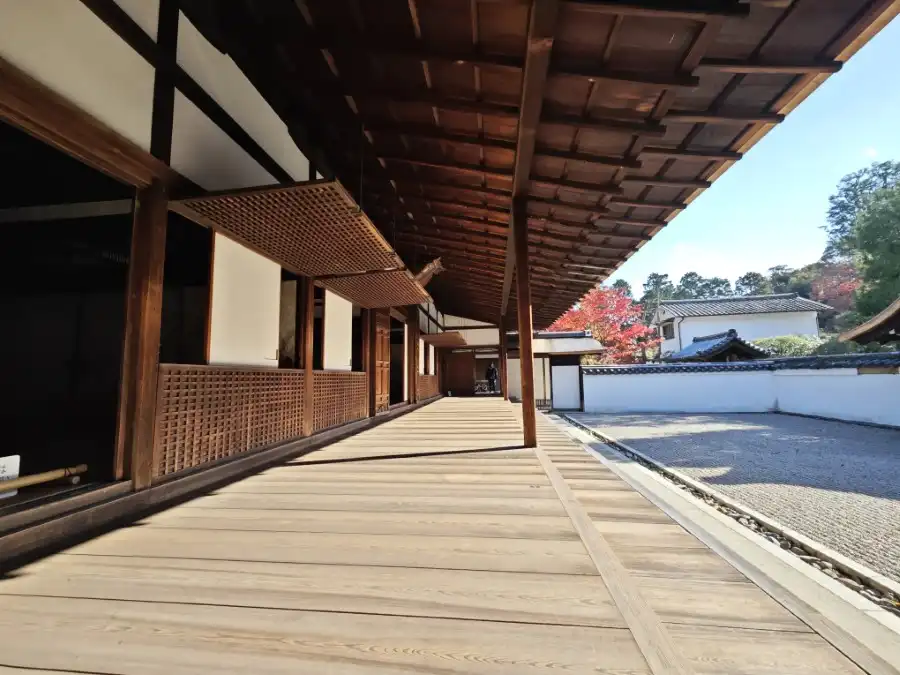
Ryogin-an, Tofukuji (龍吟庵)
Nestled near Tofukuji Temple, Kyoto’s Ryogin-an beckons with historic charm. Home to Daimin Kokushi’s residence, it boasts Japan’s oldest Hojo, a national treasure with elegant shoin-zukuri and shinden-zukuri styles. The Kaisando-Do holds Daimei Kokushi’s statue and remains, designated as Important Cultural Properties. Renowned for its three gardens, Shigemori Mirei’s creations captivate, from the ceremonial “Garden…
-
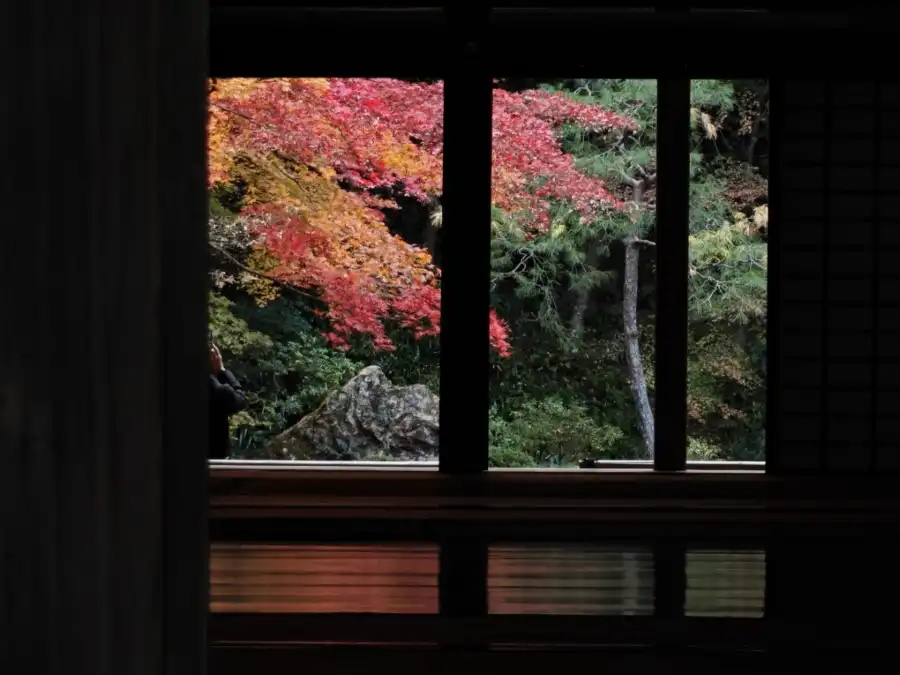
Nanzenin Temple, Nanzenji (南禅院)
Nanzenin Temple, nestled on a hill from Nanzenji Temple, Kyoto, bears historical significance as the former detached palace of Emperor Kameyama, who retired to become a Buddhist monk in 1289. The entrance, reached through the Suirokaku water bridge, unveils a serene hall and an enchanting garden. Designed in the late Kamakura period, the garden exudes…
-
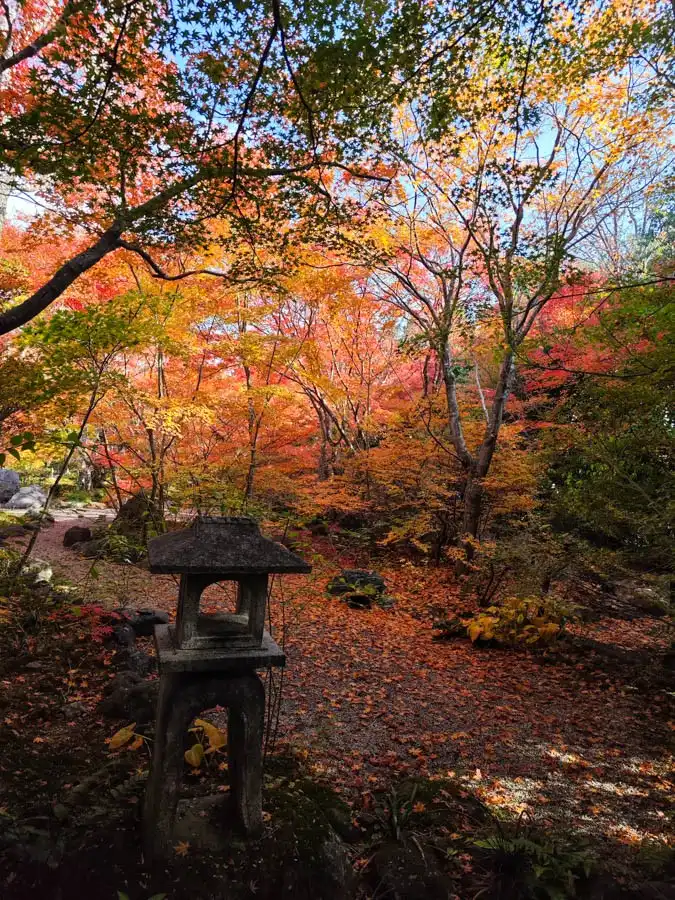
Houkyouin Temple (宝筐院)
Houkyouin is a temple of the Rinzai sect in Sagano, Kyoto. It is located near Seiryoji Temple, known as Saga Shakado. This temple is famous for its beautiful autumn leaves. Although it is an inconspicuous temple, it attracts a large number of visitors during the autumn foliage season. However, there are still very few foreign…
-
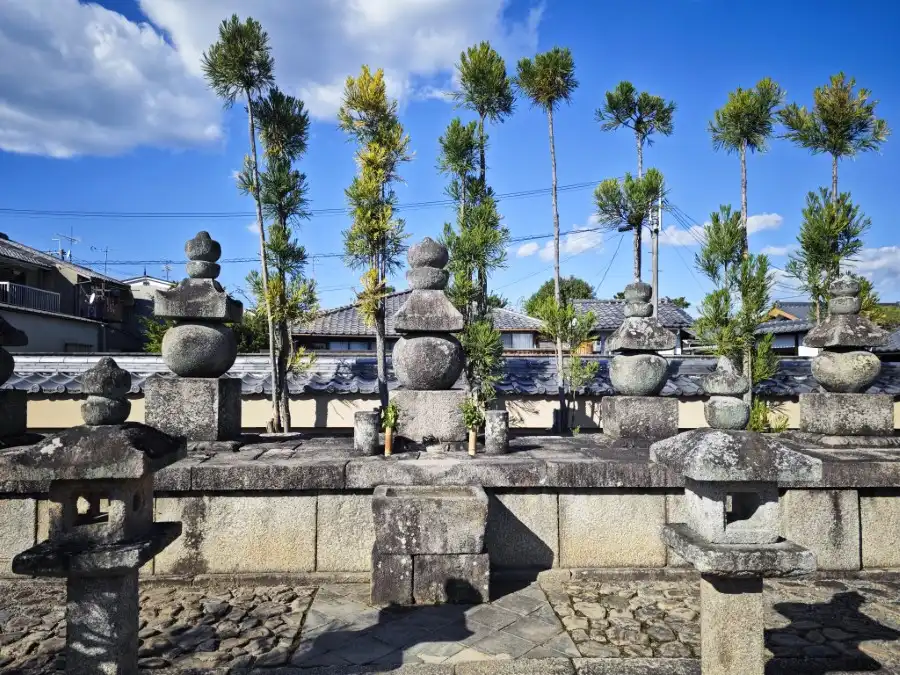
Soken-in (総見院), Daitokuji
Soken-in Temple is a sub-temple of Daitokuji Temple. Toyotomi Hideyoshi built Soken-in Temple in 1583 as a memorial to Oda Nobunaga, who fell in the Honnouji Incident. Toyotomi Hideyoshi was the man who united Japan after the death of Oda Nobunaga, following his legacy. In the main hall is a wooden seated statue of Lord…
-
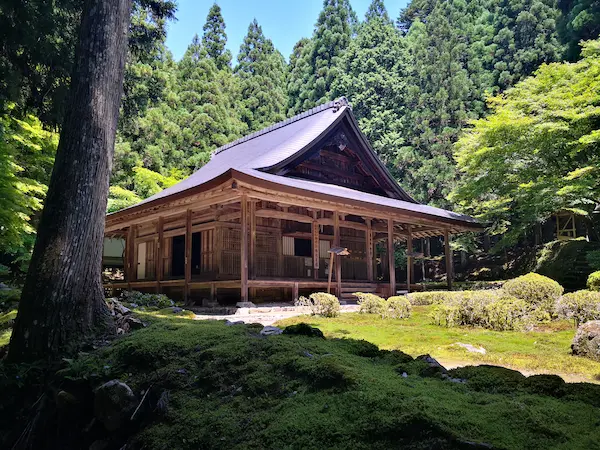
Raigoin Temple (来迎院) in Ohara
Jikaku Daishi Ennin founded the Raigoin Temple in the early Heian period as a center for Tendai Shomyo (Tendai Buddhist chanting). In 1109, Ryonin rebuilt the temple. The reconstruction of the temple resulted in the establishment of the Lower Hall, with Shorinin as the main building, and the Upper Hall, with Raigoin as the main…
-
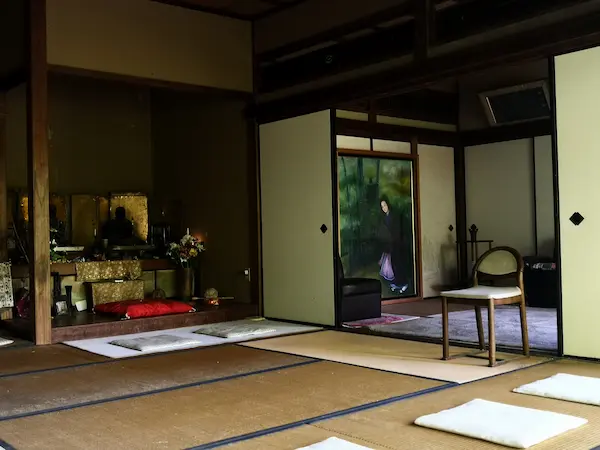
Takiguchidera Temple (滝口寺)
Takiguchidera Temple is a very small temple next to Gioji Temple in Saga area. This temple began as the Oujo-in temple in the Heian period. The temple was abandoned during the Meiji period due to the abolition of Buddhism. It was rebuilt together with Gioji Temple in the Showa period. This temple is famous for…
-
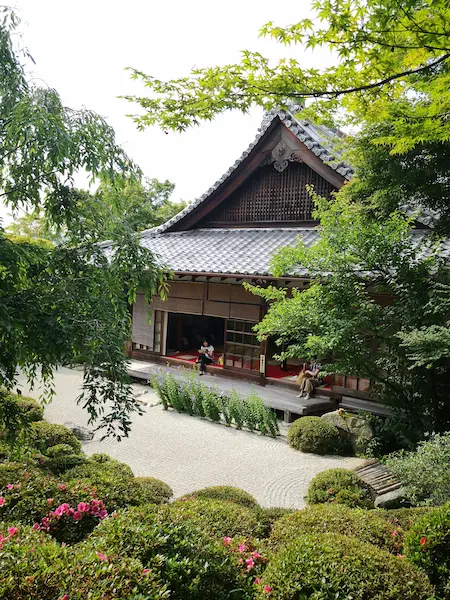
Konpukuji Temple (金福寺)
Explore Konpukuji Temple, a haven for Haiku enthusiasts in Kyoto. Founded in 864 and later revitalized by monk Tesshu in the Edo period, it’s a sacred site for Nanzenji Rinzai Zen Buddhism. Renowned poet Matsuo Basho and Tesshu forged a deep bond here, with a hermitage, “Basho-an,” as testimony. Discover the historic “O-no-Mizu” well and…
-

Shoden Eigen-in Temple (正伝永源院)
Shoden Eigen-in is a sub-temple of Kenninji Temple, the head temple of the Rinzai sect of Buddhism. In the Kamakura period, when the temple was founded, there were two temples, Shoden-in and Eigen-an. However, during the confusion caused by the abolition of Buddhism in the Meiji period (1868-1912), Eigen-an was unfortunately uninhabited and was immediately…
-
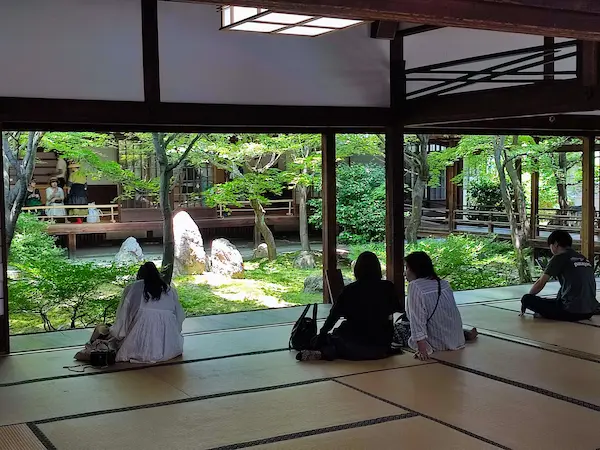
Kenninji Temple (建仁寺)
When you visit Kenninji Temple, please sit on tatami mat and see the tranquil Choontei Garden. You can simply relax or meditate as time goes by. In 1202, Minamoto no Yoriie, the second shogun of the Kamakura period, donated the temple area and founded the Kenninji Temple. Eisai designed the temple, modeling it after Hyakjōzan…
-
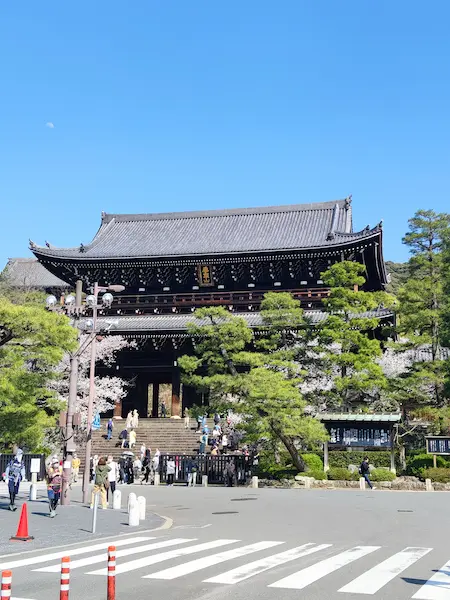
Chion-in Temple (知恩院)
Chion-in Temple is the head temple of the Jodo sect. Chion-in Temple is where Honen, the founder of the Jodo sect, established a hermitage in 1175 and began to propagate Nembutsu (the recitation of the Nembutsu prayer). In the Edo period, Tokugawa Ieyasu, Hidetada, and Iemitsu built the present main hall, Sanmon gate, and other…
-
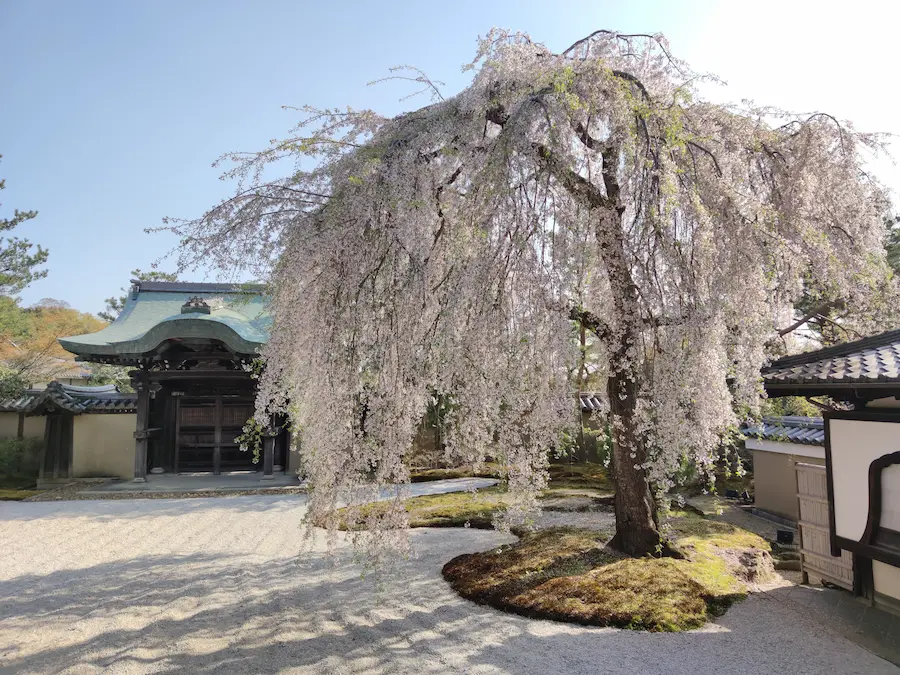
Kodaiji Temple (高台寺)
Kodaiji Temple is located between the famous Kiyomizu-dera Temple and Yasaka-Jinja Shrine, up the mountain side from a narrow path commonly called Nene-no-michi. Temple’s official WEB site History of Kodaiji Temple Hideyoshi Toyotomi’s wife, Nene (Kita-no-Mandokoro) founded the Kodaiji Temple in 1606 as a place of mourning for Hideyoshi. There are many important cultural assets…
-
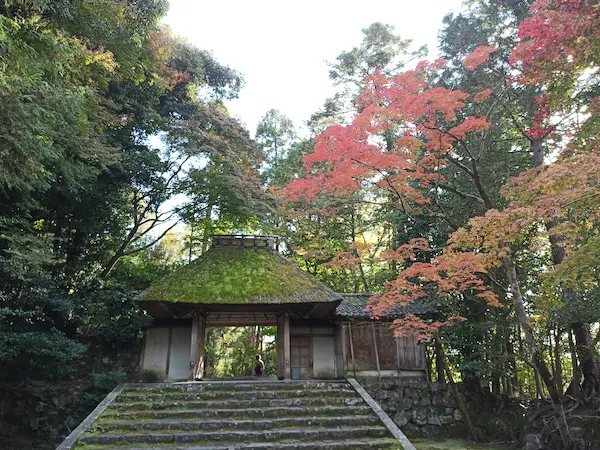
Honen-in Temple (法然院)
Leaving the Philosopher’s Path before reaching Ginkakuji Temple, visitors will find Honen-in Temple on the east side of the mountain. This temple was founded in 1680, in the early Edo period. The origin of the temple is as follows. Emperor Go-Toba was the one who later caused the Jokyu Rebellion and was exiled to Oki.…
-
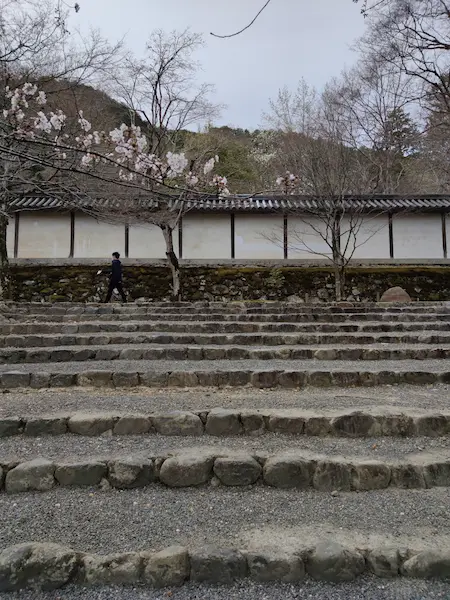
Nison-in Temple (二尊院)
Nison-in Temple is located north of Jojakkoji Temple. Passing through the main gate is a wide path called “Momiji no Baba”. Straight ahead is a wall. The history of Nison-in Temple dates back to the third Tendai Zashu (Ennin). He built the temple in the Jowa period (834-848) at the request of Emperor Saga. Temple’s…
-
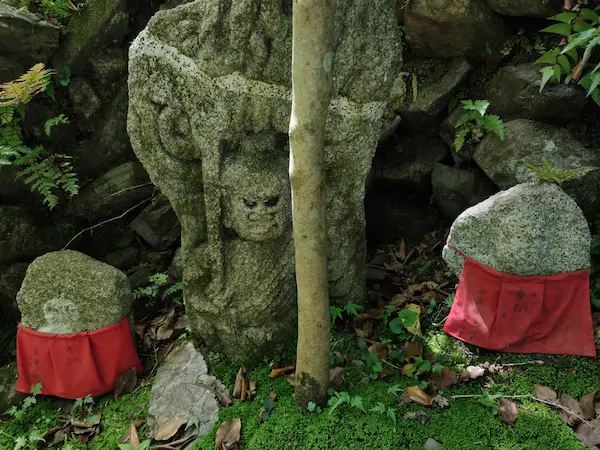
Anrakuji Temple (安楽寺)
Anrakuji Temple is a temple of the Jodo sect of Buddhism. In the Kamakura period (1185-1333) Two of Honen’s disciples, Juren and Anraku, built a hermitage as a place to practice Nembutsu (the recitation of the Lotus Sutra). Honen-in Temple near Ginkakuji Temple is said to have been built on the site of this hermitage.…
-
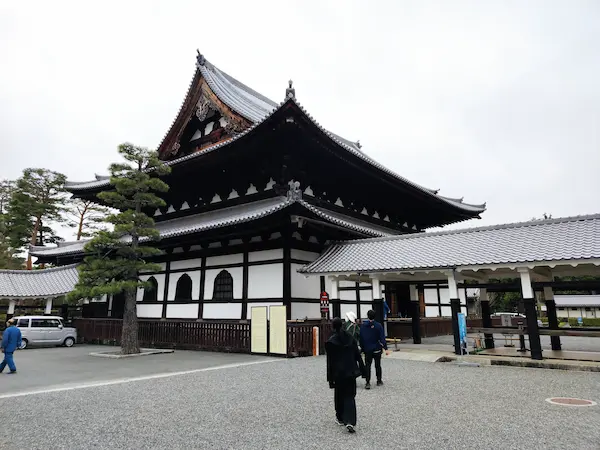
Shokokuji Temple (相国寺)
From the Imadegawa Gomon gate on the north side of the Kyoto Imperial Palace, walk north past the Doshisha University campus and you will soon come to Shokokuji Temple. Shokokuji Temple is the head temple of the Shokokuji School of the Rinzai Sect of Zen Buddhism. Temple’s official WEB site The temple was founded by…
-
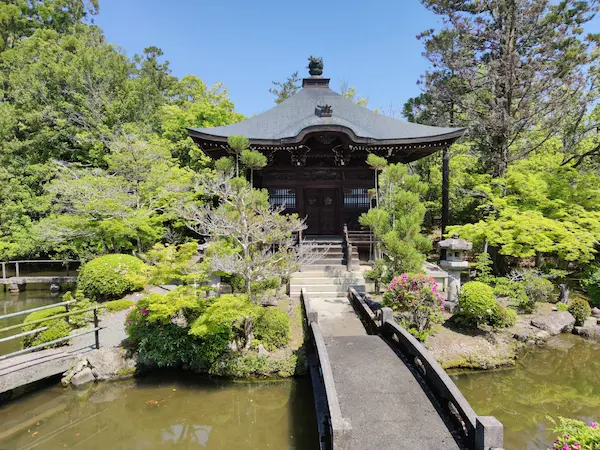
Seiryoji Temple (清凉寺)
Seiryoji Temple, also known as Saga Shakado in Sagano, is a cultural gem awaiting discovery by foreign tourists. Home to the revered Shakyamuni Buddha statue, a national treasure from India, the temple unveils this sacred artifact during special visits. The temple’s origins trace back to Seikaji, the model for Hikaru Genji’s “Saga no Godo” in…
-
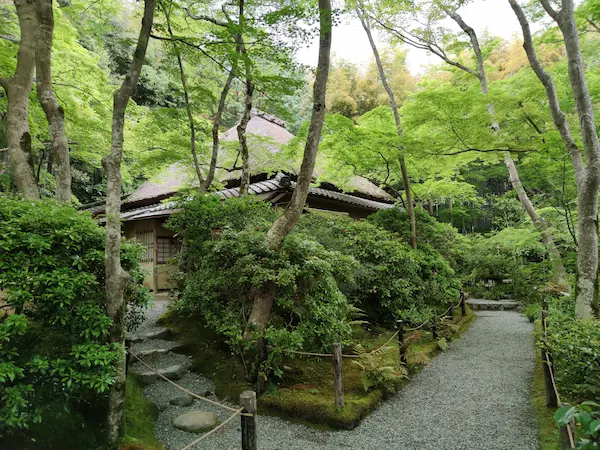
Gioji Temple (祇王寺)
Gioji Temple, a nunnery in green and tranquility According to the Tale of the Heike and the Genpei Seisuki, Gioji Temple is where Shirabyoshi (dancer) Gio became a nun at the then Saga Oujoin Temple along with his mother Toji and sister Kojo. Taira no Kiyomori once favored her but later treated her coldly. That’s…
-
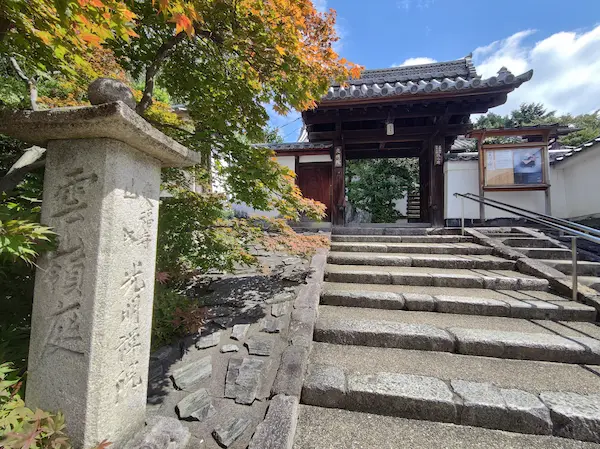
Nanmei-in (南明院)
Nanmei-in Temple is one of the sub-temples of Tofukuji Temple and is located at the southernmost point of the Tofukuji site. In the temple’s precinct, there is the grave of Princess Asahi or Asahi Hime. She was a sister of Toyotomi Hideyoshi and regular wife of Tokugawa Ieyasu. Of course, it must have been a…
-
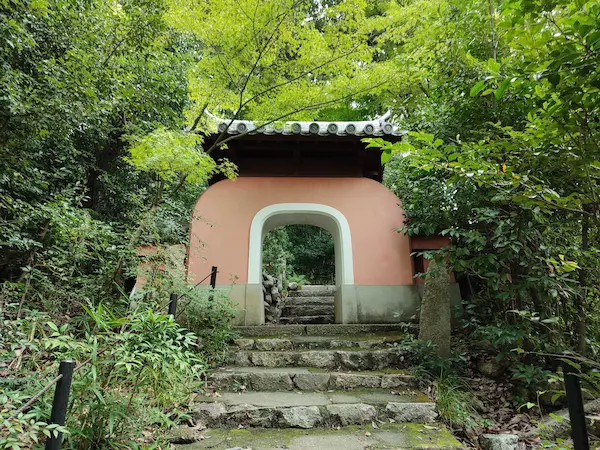
Sekihoji Temple (石峰寺) Temple associated with Ito Jakuchu
Sekihoji Temple is a temple of the Őbaku school of Zen Buddhism. The temple has distinctive Chinese-style gates, which is a characteristic of Obaku School. It is the place where Ito Jakuchu built a hamplet and spent the last years of his life. You can find his cemetery in the temple ground (there is his…